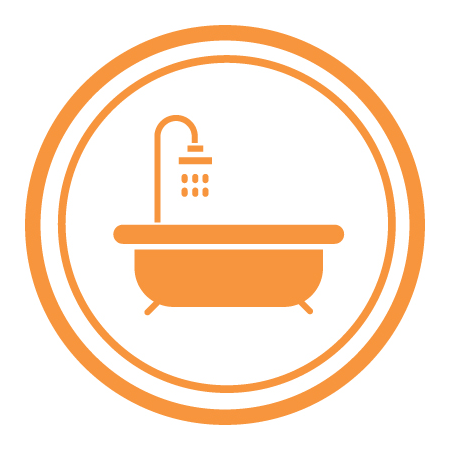The Problem: high carbon footprint, fossil fuels, high resource demand
The Solution: reducing appliance use, efficient appliances
- Switch off appliances that are not in use. Many electronics use up a lot of energy in the background. Switching off your phone at night or putting it in aeroplane mode are simple actions that mean you can charge it less frequently.
- Children are always told to turn the lights off when they leave a room but do you?! Can you used natural light during the daytime instead of artificial lighting? Check your outside lighting too- unnecessary light outside both costs money and carbon and can disturb nocturnal animals and insects.
- When cooking, try to use the oven for the minimum time by cooking everything together. If you make a cake during the day, cook it with dinner in the evening.
- Avoid using a tumble dryer. Drying your clothes on the radiator or on a line saves so much energy and therefore money.
- Fill the kettle with only as much water as you need to boil which will significantly reduce the energy required to heat it.
- Technology can have a large carbon footprint. Data requires energy to be stored and transmitted. Simple changes like voice calling instead of video conferencing can have a large impact. Unsubscribing from spam emails can also save a surprising amount of emissions collectively. Ecosia is a search engine which plants trees around the world for your searches using ad revenue- a great carbon positive alternative to other engines.
- Think about your everyday hobbies and actions. Do you need to spend 3 hours watching TV or could you go outside for some exercise or read a book instead?
Initial cost
0.5/5
Lifetime savings
5/5
Environmental benefits
4.7/5
Health benefits
2.5/5






